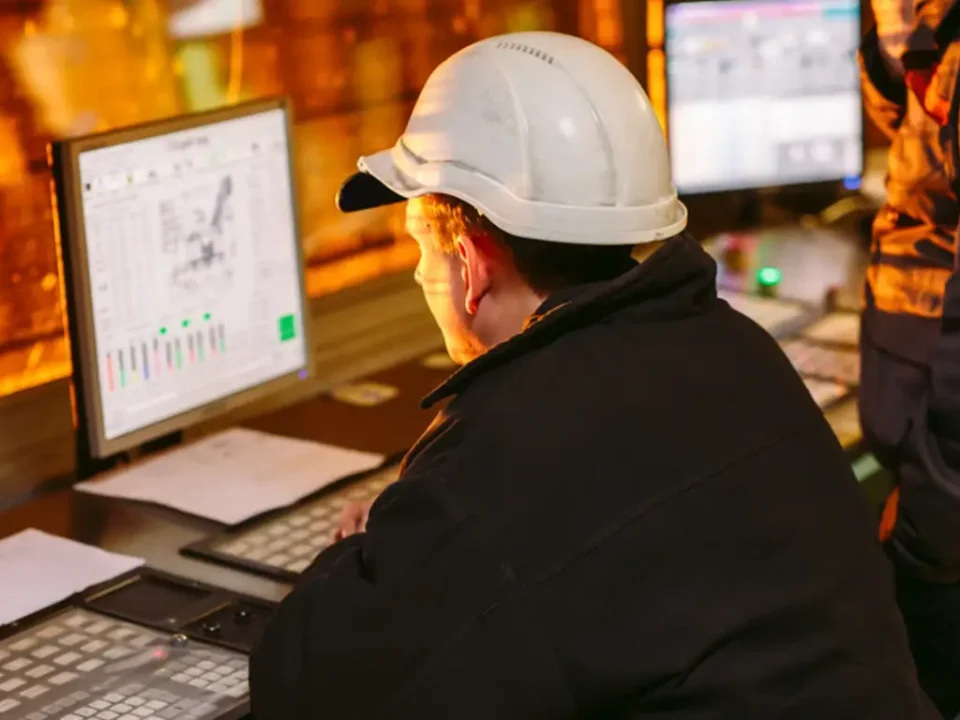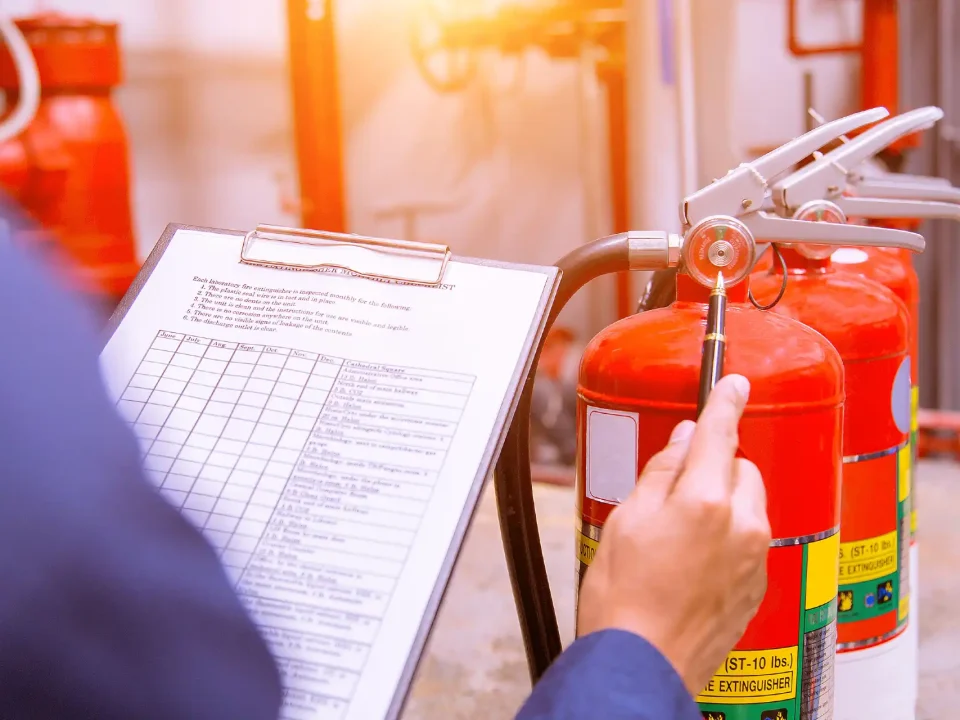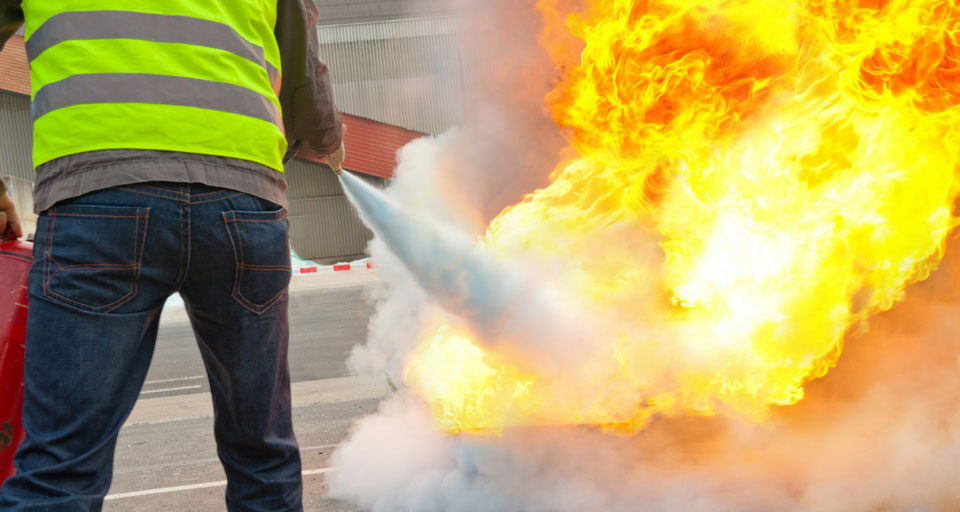Fire Protection Engineering Including Hydraulic Calculations

Fire Fighting Training: Building Skills & Preparedness for Emergency Response
December 16, 2025
Annual Safety Program Implementation Services by The Safety Master
December 20, 2025Fire Protection Engineering is a specialized branch of engineering that applies scientific and engineering principles to protect people, property, and the environment from the destructive effects of fire. One of the most technical and vital aspects of this discipline involves hydraulic calculations, which are the backbone of designing efficient fire suppression systems. This article delves into the essentials of fire protection engineering, emphasizing the importance of hydraulic calculations and exploring how it integrates with broader safety management strategies.
Understanding Fire Protection Engineering
Fire Protection Engineering involves the design and implementation of systems that prevent, control, and mitigate fire hazards. This includes active systems like sprinklers and suppression systems, passive systems such as fire-resistant building materials, and procedural methods like evacuation planning. Fire engineers analyze building plans, fire risk assessments, and fire dynamics to ensure compliance with codes and to optimize safety.
Fire safety is not just about compliance; it’s about designing systems that respond effectively in emergency situations. This involves understanding fire behavior, occupant movement, material flammability, and emergency response capabilities.
The Role of Hydraulic Calculations
Hydraulic calculations form the technical core of fire protection engineering. They are used to determine the required pressure and flow rates in fire suppression systems, particularly sprinkler and hydrant systems. These calculations ensure that water or other extinguishing agents reach the fire-affected zones with adequate volume and pressure.
Key components considered in hydraulic calculations include:
- Flow demand: Amount of water needed at each sprinkler or hydrant.
- Friction loss: Pressure loss due to pipe resistance.
- Elevation head: Pressure variation due to height differences.
- Pump sizing: Determining the capacity of fire pumps to meet demand.
- Water supply availability: Ensuring the municipal or onsite water supply meets system needs.
Modern hydraulic calculations are done using specialized software, which allows simulation of various fire scenarios. Accurate calculations are critical to avoid system failures, underperformance, or overdesign, all of which have financial and safety implications.
Integration with Safety Standards and Audits
Fire protection engineering is not isolated; it must be part of an integrated safety strategy that includes comprehensive assessments and planning. This is where tools like the Fire Audit come into play.
A Fire Audit is a systematic review of fire safety measures in a facility. It includes checking fire alarms, hydrants, extinguishers, evacuation plans, and hydraulic system performance. The audit also validates whether hydraulic calculations and system installations align with NFPA, BIS, and IS standards.
Similarly, a broader Safety Audit evaluates not just fire safety but all occupational health and safety measures within an organization. It provides an in-depth analysis of compliance with safety regulations and identifies areas of improvement across equipment, operations, and emergency readiness.
Hydraulic Design Process: From Analysis to Implementation
1. Risk Assessment
Before any calculations, engineers assess the fire risks of a facility. This includes studying flammable materials, potential ignition sources, and occupancy hazards. In high-risk industries such as petrochemical or pharmaceuticals, this often overlaps with a detailed Hazop Study, which identifies potential deviations in process operations that may lead to hazardous events.
2. System Selection
Based on risk profiles, engineers choose appropriate fire suppression systems—sprinklers, foam systems, water mist systems, or gas-based suppression systems. Each system has unique hydraulic demands.
3. Piping Network Design
Engineers layout the distribution network of pipes, sprinklers, valves, and hydrants. Key parameters like pipe size, length, material, and elevation changes are noted for use in calculations.
4. Performing Hydraulic Calculations
Using methods like the Hazen-Williams or Darcy-Weisbach formulae, engineers compute:
- Minimum pressure and flow at the most remote sprinkler
- Pump requirements and system curves
- Required pipe diameters to maintain flow and pressure
Software tools like AutoSPRINK, HydraCALC, or PipeNet are commonly used for accurate simulation and validation.
5. Verification and Testing
After installation, the system undergoes hydrostatic testing, flow testing, and performance checks to ensure the hydraulic design matches real-world conditions. This is a critical phase where any deviation from the calculations is corrected.
The Importance of Process Safety Management
For complex and high-risk facilities, fire protection systems must be part of a broader Process Safety Management (PSM) framework. PSM is a disciplined approach that focuses on preventing catastrophic fires, explosions, and toxic releases. Hydraulic calculations and fire system performance directly impact the reliability of emergency response in PSM environments.
Key elements of PSM related to fire protection include:
- Mechanical integrity of fire pumps and piping
- Emergency response planning and training
- Maintenance of suppression systems
- Documentation of fire protection performance metrics
Integrating hydraulic analysis into PSM ensures that fire systems are not just well-designed, but are also maintained and audited regularly to remain effective.
Role of Safety Consultants in Hydraulic Fire Protection
Implementing hydraulic systems in fire protection engineering requires not only technical expertise but also compliance knowledge, risk assessment capability, and field experience. This is where a Safety Consultant becomes invaluable.
A professional safety consultant can:
- Design and verify hydraulic systems per national and international codes
- Conduct fire and safety audits to validate system readiness
- Coordinate with civil and mechanical teams during installation
- Provide training to in-house teams on fire response and equipment use
- Assist with regulatory compliance and documentation
Organizations working in high-stakes environments—such as oil & gas, manufacturing, or pharmaceuticals—benefit greatly from third-party oversight by a seasoned fire protection engineer or consultant.
Conclusion
Fire Protection Engineering is a multi-disciplinary field that protects lives and assets through robust, technically sound, and compliant systems. Hydraulic calculations are central to this effort, forming the foundation upon which effective fire suppression systems are built. When integrated with Fire Audits, Safety Audits, and comprehensive Process Safety Management programs, these systems ensure the highest level of readiness and resilience.
Moreover, the role of a qualified Safety Consultant cannot be overstated. From system design and audit execution to compliance advisory and incident investigation, their expertise ensures that fire protection strategies are both proactive and reliable.
As industries grow more complex and safety standards more stringent, the fusion of engineering precision and safety expertise will continue to define the future of fire protection. A well-designed hydraulic fire system doesn’t just save water or money—it saves lives.




